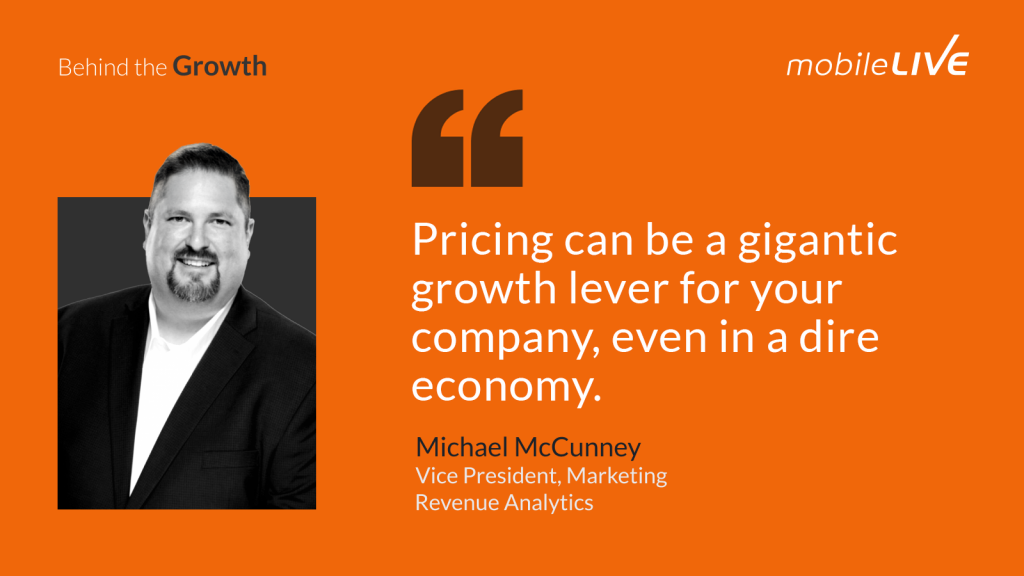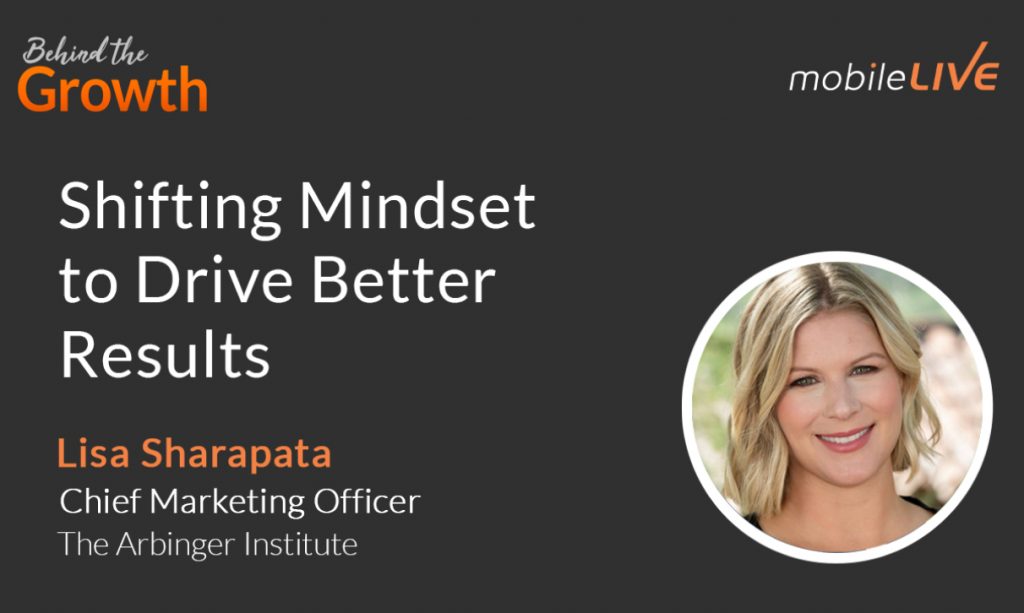Key Insights
Pricing is far from easy. Given its influence on business growth, companies must put a lot of thought into it and take various external factors into account. However, it all starts with the fundamental law of supply and demand. “When you think about pricing at the highest level, you wanna start with elasticity, ASP, and repeatable purchases. So if you’re out there selling yachts to billionaires. The guy wants a yacht; they’re gonna buy the yacht. So you don’t have to worry about pricing as much as you have to worry about building what they want to buy.”
Pricing plays a significant role in customer experience. Marketing is taking the lead in lead generation, customer onboarding, evangelism, and retention. Still, pricing continues to influence customer decisions on whether they’ll stay with you or look for alternatives. “No one loves to feel gouged. And so what is that fine line between how can you have a profitable business where the customer’s happy, they feel like they’re getting good value, and the company’s also able to have a business that grows. It’s based upon external factors such as inflation and competition.”
No one wants to deal with the consequences of poorly managed pricing. So be proactive and look for partners like Revenue Analytics. “When you have these issues with pricing, they’re not just impacting you today on their revenue line. They’re impacting your ability to manage them going forward. So it’s well worth your investment and can be such a gigantic profit lever for you to look at your pricing, how you’re doing it, and come up with a way to manage it in a way that makes sense, that’s logical, that works for your customers and your business.”

Episode Highlights
Technology Without People Won’t Get the Work Done
“We are big believers that out of the box, the software is useless. You need a team able to help you execute against it to understand how your business is different.
The phrase that Jared Wiesel at our organization used that is so fundamentally important is, ‘Are the recommendations business reasonable?’ The math might say something, but it doesn’t make sense.
So in hospitality, an algorithm might say, ‘You should price this hotel room at $5,000.’ But you really shouldn’t. That’s not reasonable. No one’s gonna buy it. So it’s that blend of using the humans as well as the technology to provide the result that’s actionable and usable for the business community.”
Is Pricing a Growth Lever?
“It’s the largest growth lever. A McKinsey article from a couple of years ago looked at a percentage improvement in revenue gain. And a 1% gain in pricing turns out to be an approximately 11% gain in overall margin and revenue.
You have all these fixed costs that you’re trying to hang on to, and people are slashing whatever fixed costs they are doing. They’re trying to figure out how they can limit their variable costs, how they can renegotiate things. But at the end of the day, if you can nail your pricing, it can be such a gigantic growth lever for you, even in a dire economy.”
When Leveraged Properly, Data Can Eliminate Friction Between Sales and Finance Teams
“Let’s say you’ve got this new customer, and you’re the salesperson, and you say, ‘I need this 35% discount to close this business.’ And so you go to your boss, and your boss is gonna have to ask his boss, and then she’s gonna have to ask her boss, and eventually, as you get your CFO, your CFO’s gonna be wondering why he is getting these discounts out.
And there’s this back-and-forth friction between these groups where one’s fighting for margin, one’s fighting for new business. Both think they’re doing the right thing; both think the other party is wrong.
What ends up happening is you have this fairly junior salesperson coming to the CFO saying, ‘Do you want the business or not?’ So the CFO is in a very unfavorable position where eventually, they have to say yes to the business.
What we’re able to do is show companies that, ‘Hey, for very specific businesses like yours, based on all these different factors, there is an 89% chance that they’re going to purchase within those bands.’ And so then the CFO finally has something to follow back on data.
Those parameters give the salesperson the confidence to make that ask because they’re not necessarily going out there and trying to overly discount just for giggles. They think that’s what’s necessary.
And when you can arm them with the data that lets them understand, here’s how they can offer a price that’s gonna close and, best of all, doesn’t create that internal friction between sales and finance that exists all the time. Once you have those rules in play, you don’t have to have back and forth ’cause you’re unified. You know what you’re doing and the game plan you must execute against.”







